Projects
Thakher City Master Plan
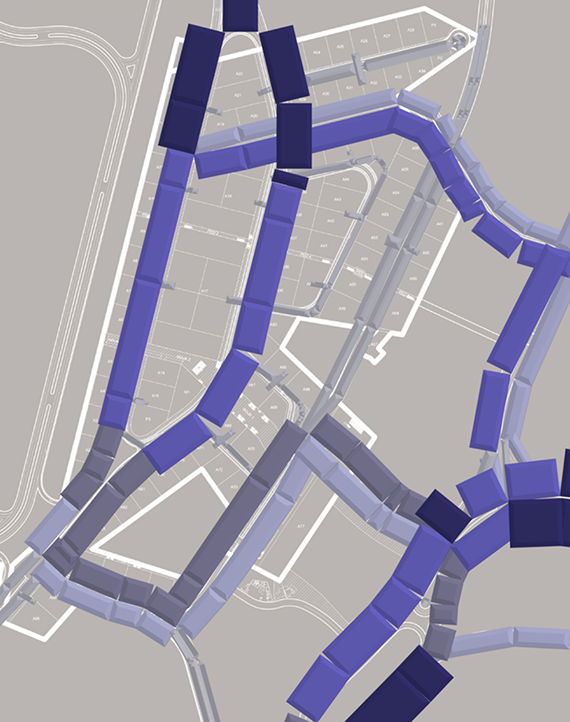
Traffic Simulation Flow Diagram of Thakher City
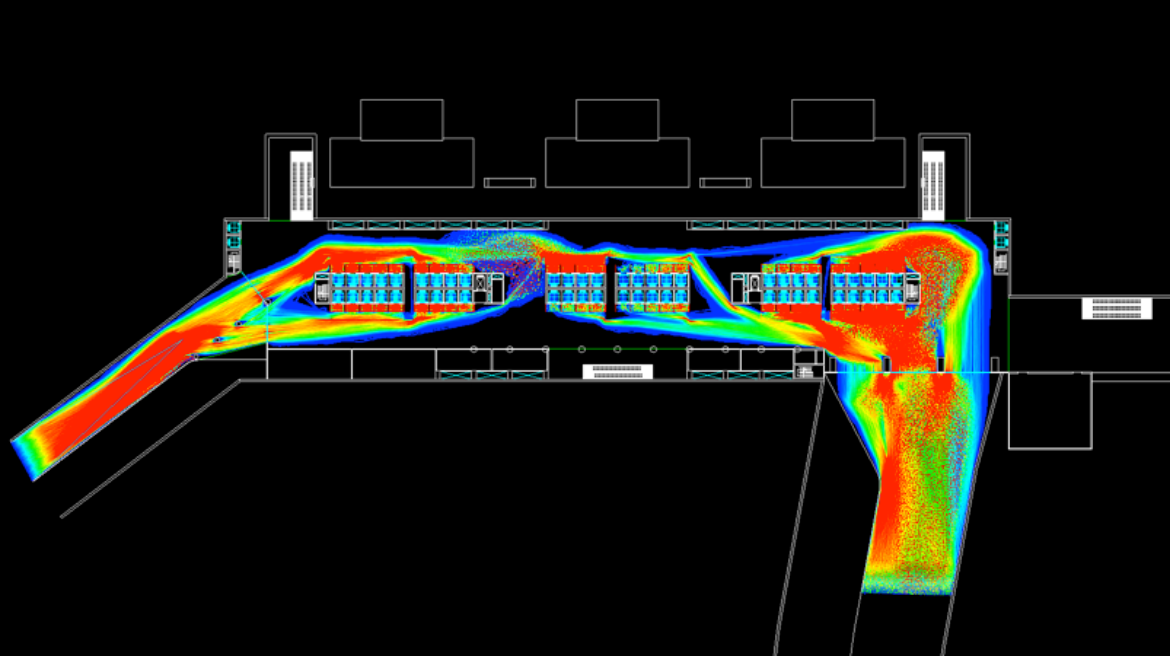
Pedestrian Simulation Map of Thakher City’s Gateway Building
Thakher City Project is an urban development in the city of Mecca, Saudi Arabia. The Idea is to develop 2,000,000 sqm BUA lodging neighbourhood a few kilometres away from the Holy Mosque of the Ka’aba.
The development will be mainly related to Mecca Pilgrimages, consequently the design need to cope with the important amount of people forecasted during the Hajj week (expected population of 200,000-250,000 pilgrims) and with uncommon mobility patterns (mainly pedestrian mobility, tight schedule of prays and transfers, overcrowded conditions). Another peculiar aspect of the project is that, being on the top of a hill, Thakher City Level is averagely 80 meters higher than surrounding areas, and this condition requires the design of vertical connections allowing pedestrians to reach the site. Systematica is appointed to support the design of the whole Master Plan, studying vehicular and pedestrian mobility. A set of analyses is developed for both vehicular and pedestrian mobility.
For vehicular mobility an ad-hoc macroscopic vehicular simulation model is created and used to evaluate different road configurations and to select the best one; the chosen road configuration is further verified through microscopic dynamic simulation model and junction analysis tools.
Pedestrian circulation is assessed through a macroscopic model studying the distribution of pedestrian flows. A particular focus was dedicated to the vertical transportation systems along and to the critical areas were overcrowding is forecasted. These spaces were attentively studied a through dynamic microsimulation models, aimed at defining solutions for improving the quality of pedestrian mobility. Finally, Systematica also support the design of the public transport network and the way-finding system.
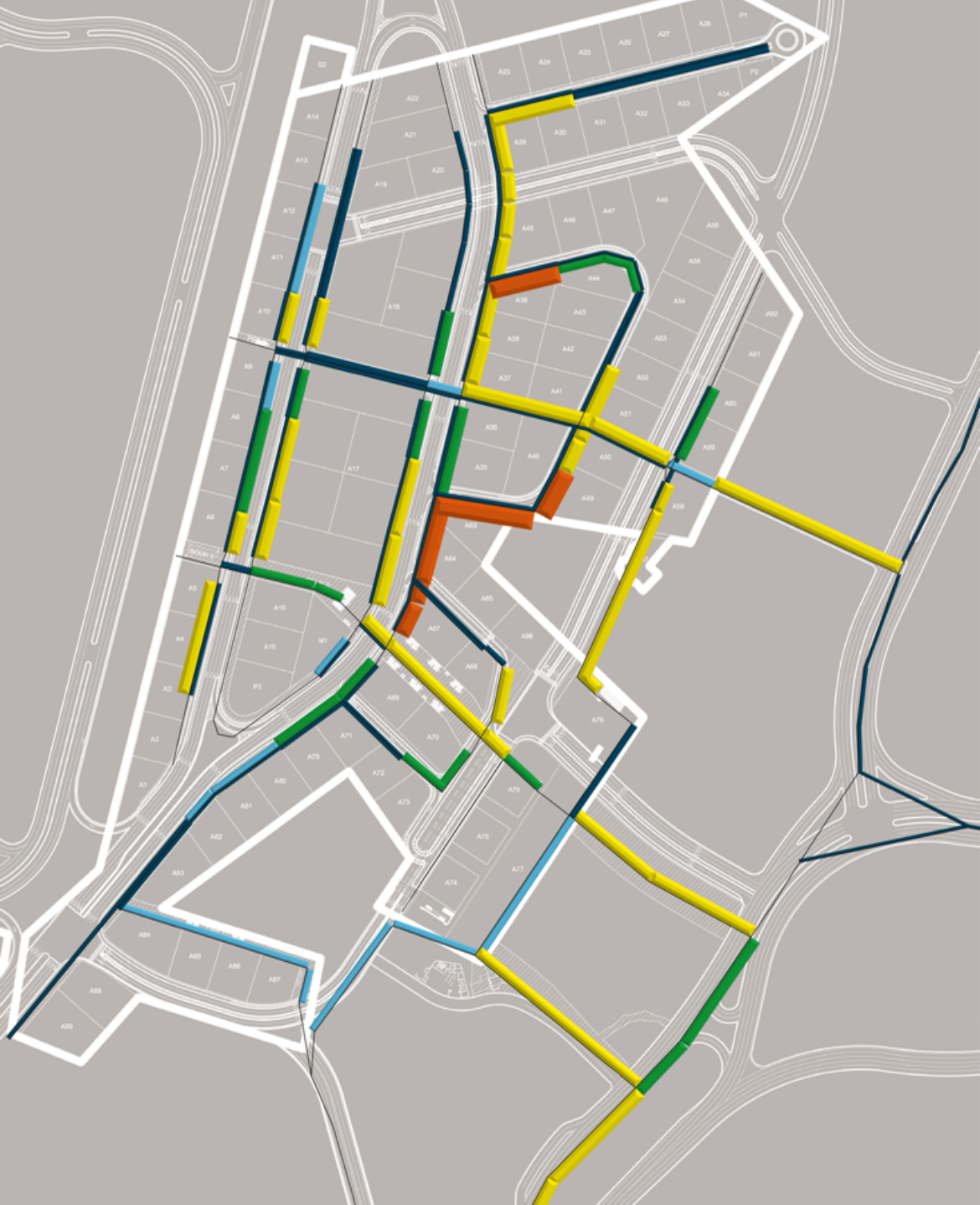
Thakher City’s Pedestrian Network: Volume/ Capacity Analysis Map
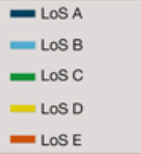
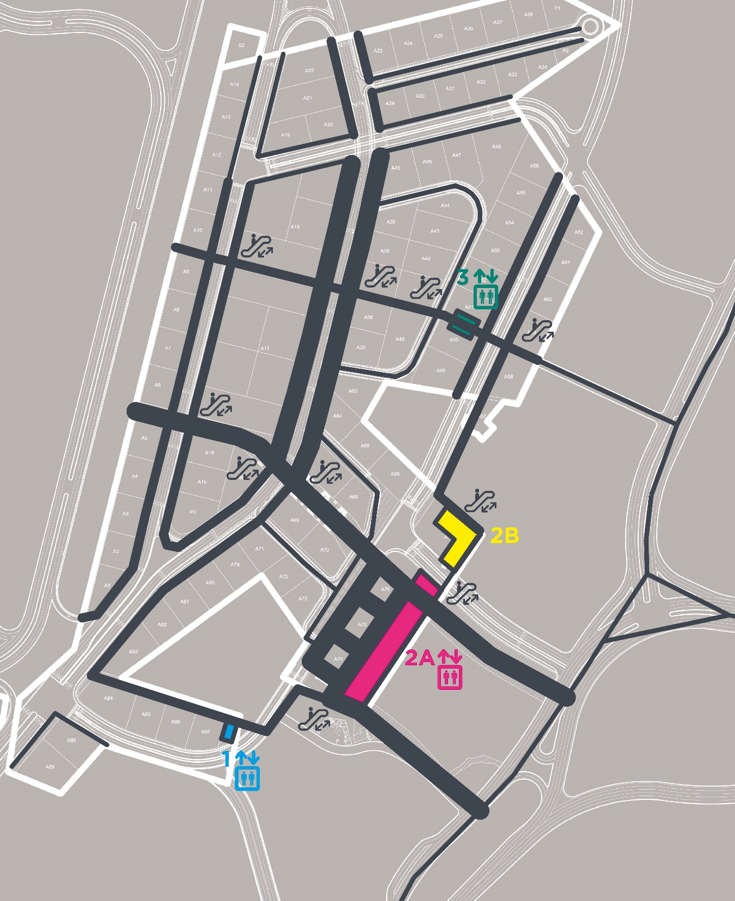
Thakher City’s Pedestrian and Vertical Transportation Map
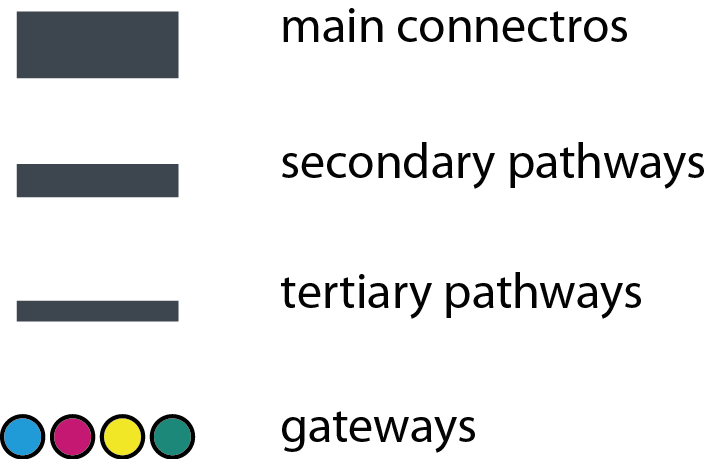
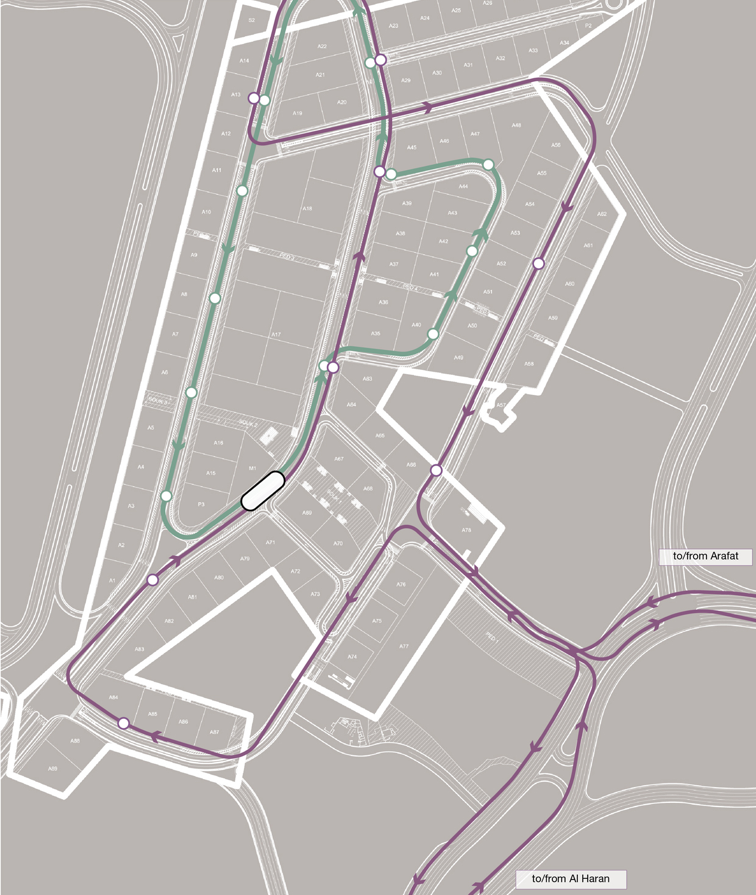
Public Transport Network Proposal for Thakher City
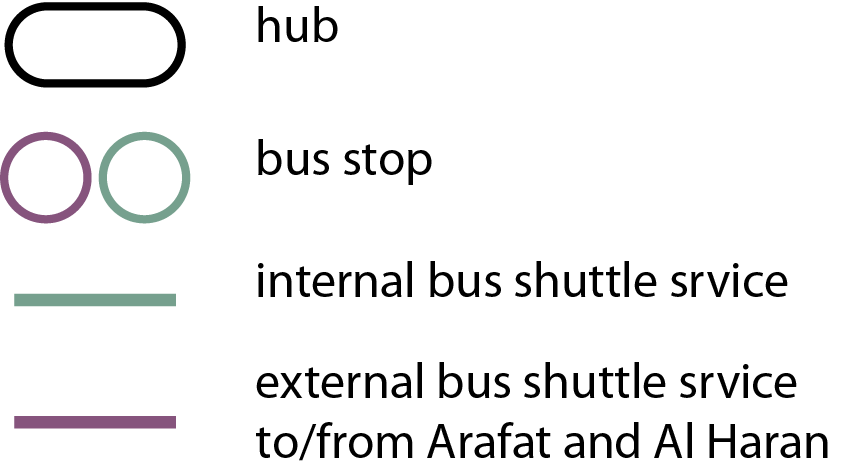
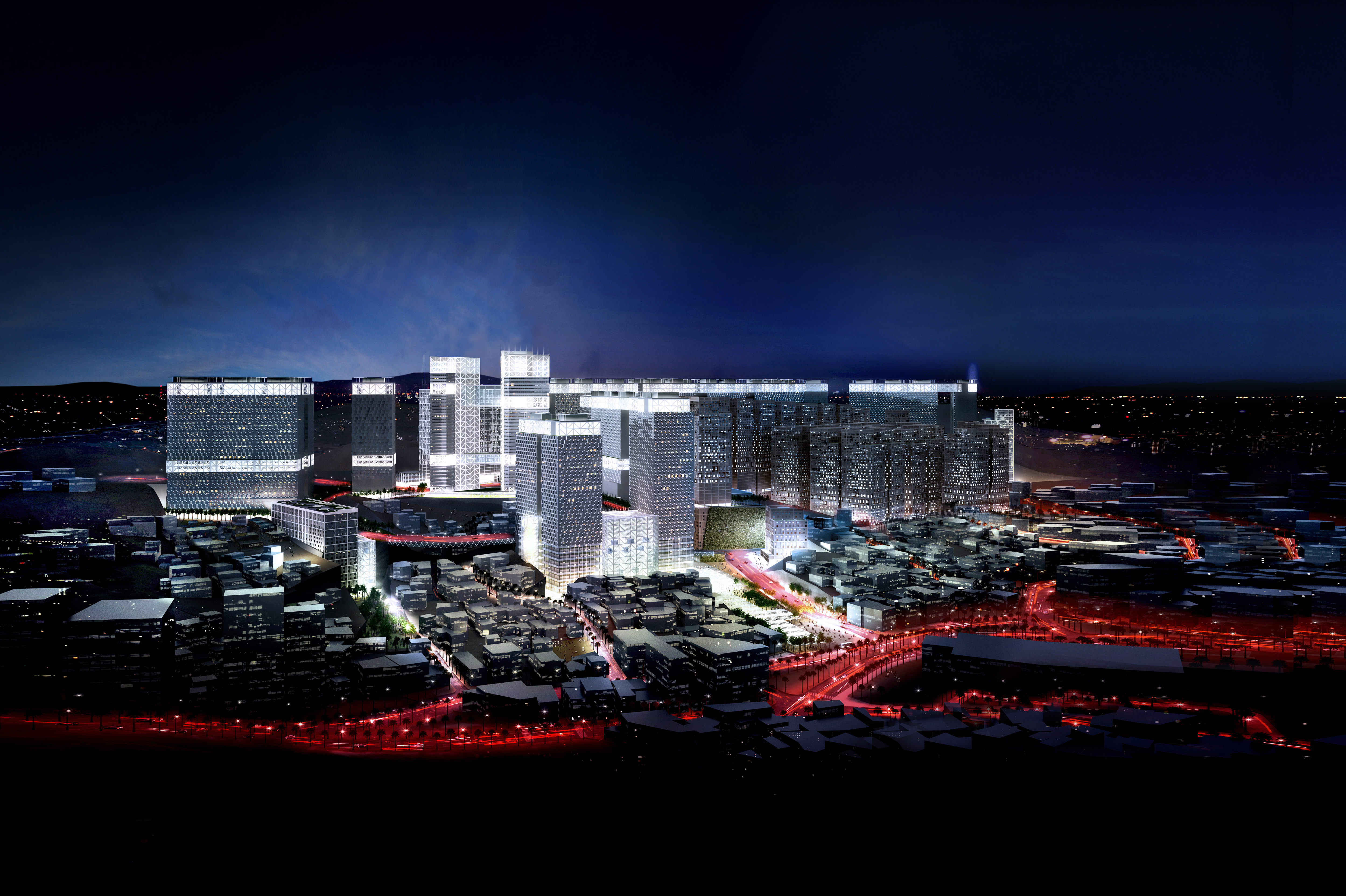
Thakher City, Render View (image courtesy: Proger)